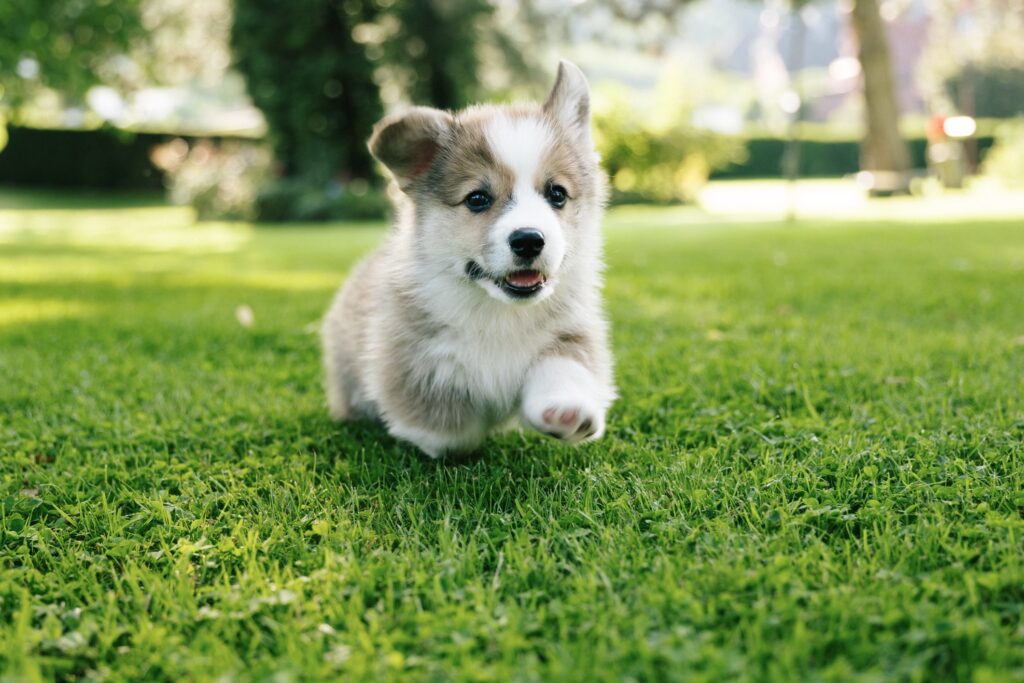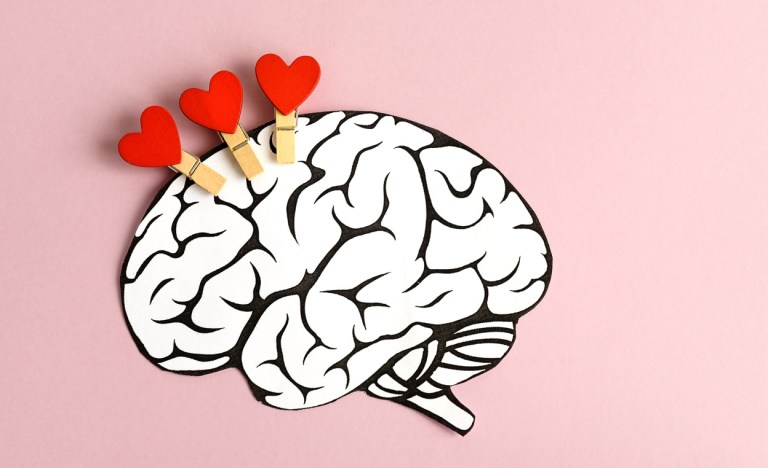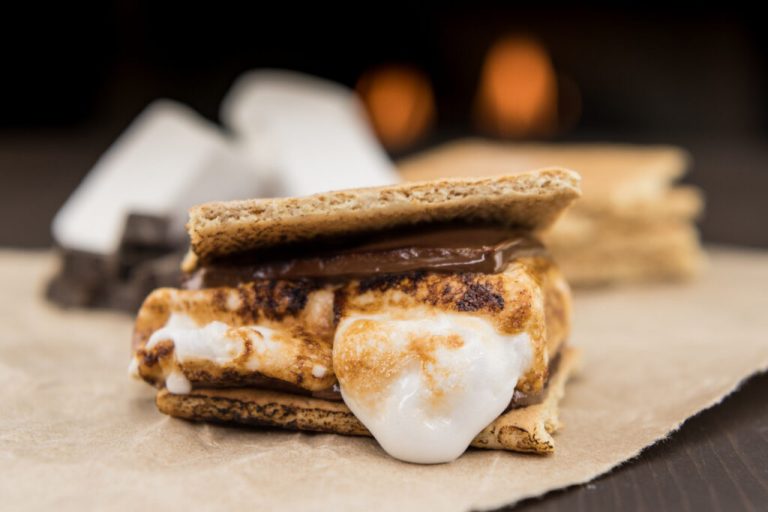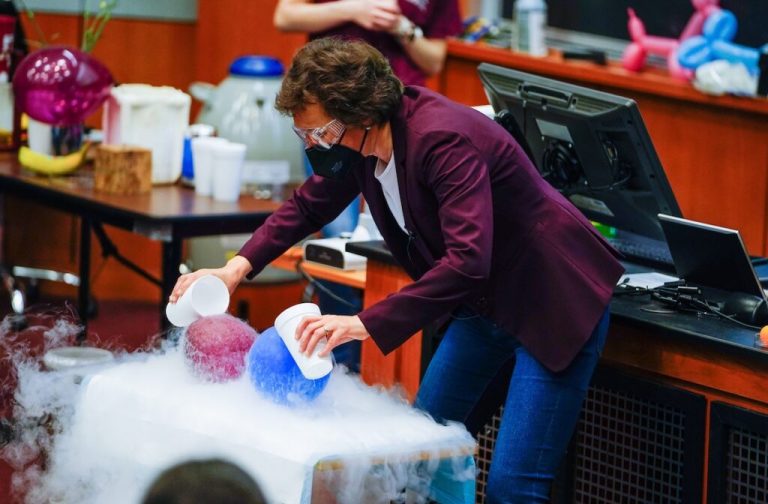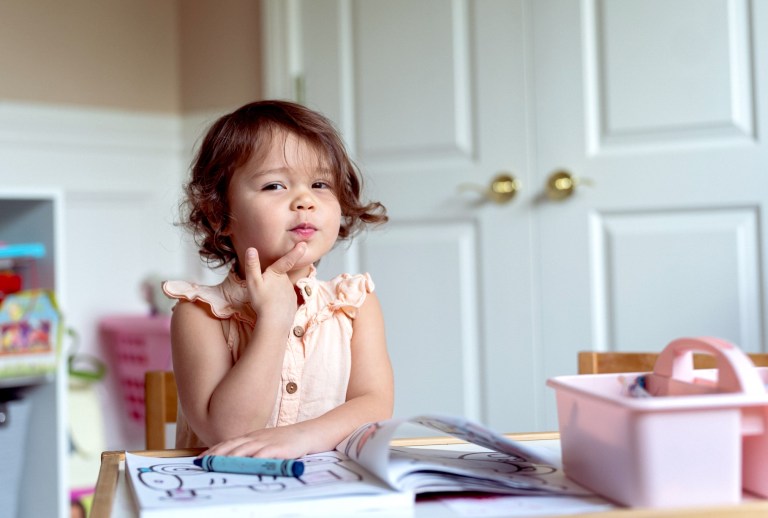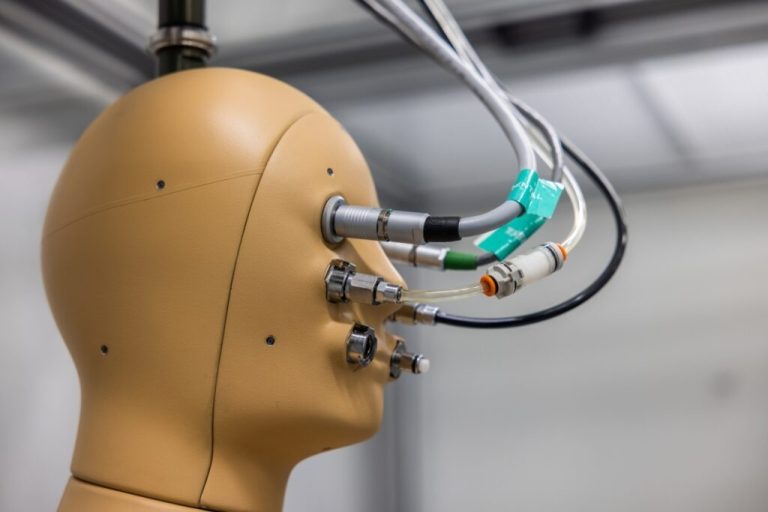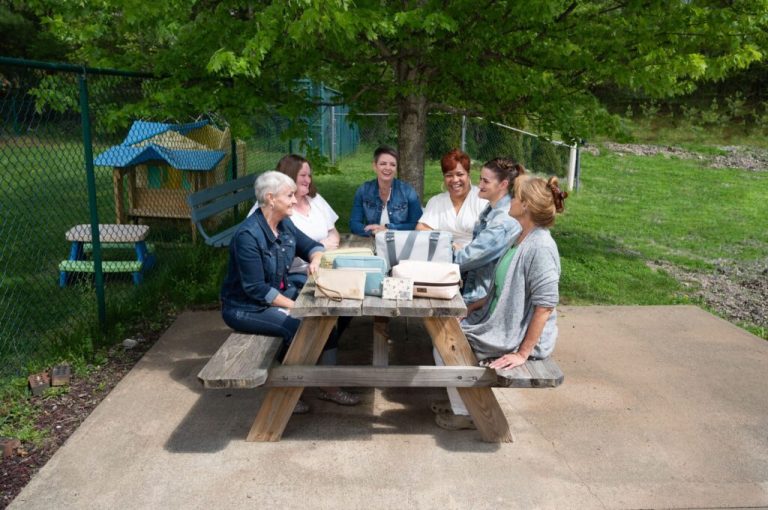We’ve all experienced it: Faced with an infant’s chubby cheeks or a puppy’s wagging tail, we feel the powerful urge to pinch, squish, or even bite the adorable subject. “Cute aggression” is a seemingly bizarre phenomenon, but one that science suggests serves a very real purpose.
According to research published within the last decade, the reaction may be a means of moderating the flood of positive emotion that occurs when we see something “too cute to handle,” a frequent comment on baby photos shared online.
“To counter an overwhelming barrage of positive feelings, we seek to tamp it down — and weirdly enough, that can play out as an aggressive inclination,” Associate Professor Lisa A. Williams, a social psychologist with UNSW Sydney in Australia, explained in a February article from the university.
Fair enough, but there’s a lot in life that can leave us awash in emotion — beautiful paintings, moving works of music. Why aren’t we overcome with the urge to tear down a canvas in a museum or take a sledgehammer to our speakers?
The answer to that has to do with why certain things seem cute in the first place, per evolutionary theory.
“To humans, cute things usually register with us as worthy of precise, careful, caring behavior rather than something to be hostile towards, which makes sense from an evolutionary point of view,” said Williams. “Babies require a lot of help, so cuteness activates our instinct to protect and nurture.”
“But if you’re overcome by the cuteness, then you might not be able to properly take care of it,” she continued, “so the brain needs to bring us back a bit, which is apparently where cute aggression comes in.”
The phenomenon was documented in 2018 by psychologist Katherine Meltzoff (formerly Stavropoulos), an associate professor at the University of California, Riverside. She had first heard the term “cute aggression” in a breakthrough Yale study published three years earlier, which looked at the concept from a behavioral perspective.
In her study, playfully titled “‘It’s so Cute I Could Crush It’: Understanding Neural Mechanisms of Cute Aggression,” Meltzoff sought to demonstrate that a neurological basis exists for the behaviors. She and then-UCR doctoral student Laura Alba enlisted 54 adults who agreed to wear electrode caps that monitored their brain activity.
With the caps on, participants were shown four types of photos: cute babies; cute babies who had been digitally “enhanced” to appear even more infantile, i.e., given enlarged eyes and cheeks; baby animals (classified as “cute”); and adult animals (classified as “less cute”). Afterward, they were asked to complete surveys about how they felt while looking at the images.
In a UC Riverside news release, Meltzoff explained that there was a “strong correlation between ratings of cute aggression experienced toward cute animals and the reward response in the brain toward cute animals.”
She added: “Essentially, for people who tend to experience the feeling of ‘not being able to take how cute something is,’ cute aggression happens. Our study seems to underscore the idea that cute aggression is the brain’s way of ‘bringing us back down’ by mediating our feelings of being overwhelmed.”
Want to get your own level of cute aggression rising? Here are 50 baby animal photos that will send you over the edge.
